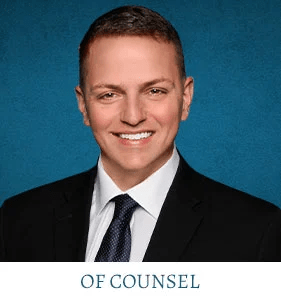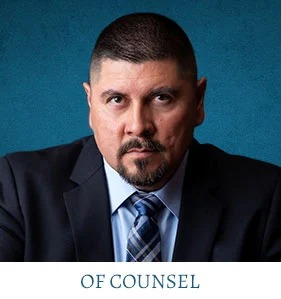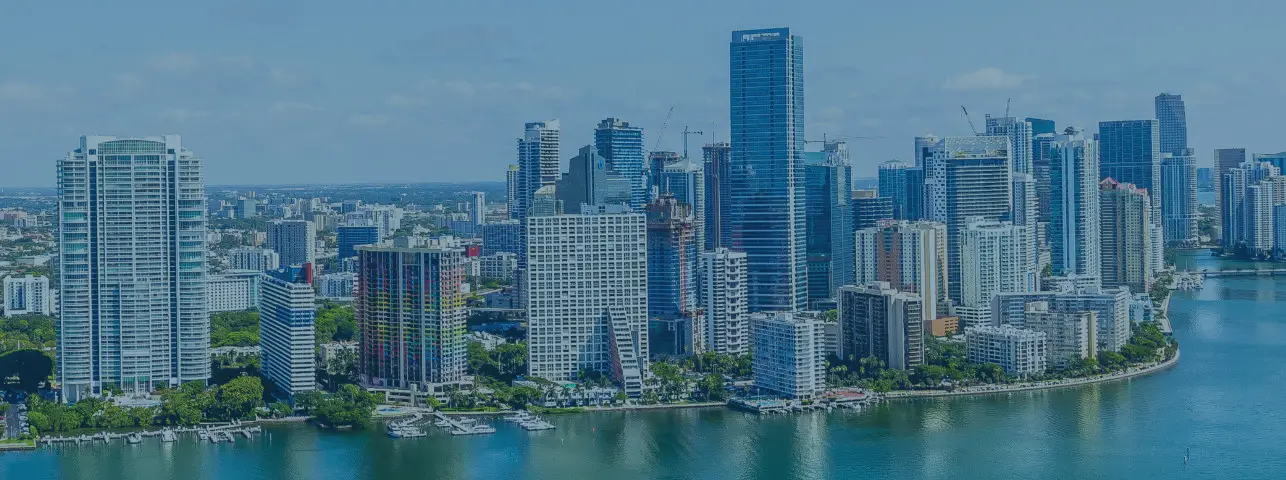CALL (800) 863-5312 TO SPEAK WITH CONSTRUCTION ACCIDENT INJURY LAWYERS FOR FREE
Construction sites present a multitude of risks to workers. Each year thousands of workers are injured in these unpredictable environments, and many are left struggling to recover satisfactory compensation. Worker’s compensation may provide some relief, but it is often insufficient to cover the full cost of recovery.
At Zinda Law Group, we believe no construction accident victim should be forced to navigate their case alone. Our construction injury attorneys in Phoenix have the knowledge and resources necessary to help you seek maximum compensation—we are here to help. As one of our clients, you will pay nothing unless we win your construction injury case.
If you or a loved one has been injured on a construction site, call Zinda Law Group at (800) 863-5312 for a 100% free consultation with an experienced personal injury lawyer.
For a free legal consultation with a construction accidents lawyer serving Phoenix, call 800-863-5312
WHAT TO DO AFTER A CONSTRUCTION ACCIDENT
Construction accidents are often disorienting experiences, and victims often struggle in determining their next steps. Consider taking the following steps if you were hurt on a construction site.
Construction Accident in Phoenix lawyers near me 800-863-5312
1. Stop Working
Do not continue working if you were injured, for even relatively minor injuries may be exacerbated by further work. Besides, if you do not stop working after being injured, this can be leveraged against you when negotiating with an insurance adjuster. In other words, your continued work may leave room to doubt the severity of your injury.
Click to contact our Arizona Construction Accident Lawyer today
2. Get Medical Attention
Of course, your wellbeing is the primary concern in any case. In life-threatening cases, immediate medical attention is imperative; however, even in comparatively less severe cases, seeking medical attention is still very important. On one hand, it is your first step toward physical recovery; on the other, the treatment records created by your medical providers will serve as key evidence in your case.
Complete a Free Case Evaluation form now
3. Report Your Injury to Your Employer
You should also report your injury to your employer. This puts them on notice of the accident. Further, the report will serve as additional evidence in your case.
4. Collect Evidence and Gather Witness Information
The site of the accident, particularly during the time it took place, is an excellent source of evidence. Because construction sites are dynamic environments, the scene of the accident may change significantly the farther you get from the time it took place; therefore, your notes and footage—photographs, videos, and audio—can significantly impact the viability of your case.
Similarly, witnesses to the accident can be extremely valuable sources evidence; if you did not have an opportunity to gather footage or take notes, perhaps a witness did. Similarly, the cause of the accident may have been visible from their perspective in a way that you might not have had access to. Be sure to identity all witnesses and gather their contact information.
5. Hire a Lawyer
The legal and factual complexity of construction accident cases correlates with the complicated nature of construction sites and the various potential sources of liability. A construction accident attorney can help you organize the facts and navigate the law.
In particular, beware of what you say to insurance companies—including your own—before having your case evaluated by an attorney. Settlement offers are often calculated based on what the insurance company thinks is a likely outcome at trial; rather than offer you something fair, insurance companies often offer you the legal minimum. An attorney can help you understand your rights and ensure that you are being treated fairly.
Remember, any communication you have with an insurance company can be leveraged against you in negotiation. Before speaking to an attorney, do not at any point sign a form or waiver provided by an insurance company or admit fault.
Read more: How to Negotiate With and Insurance Company
Construction Accident Statistics
Construction site accidents are common; the Bureau of Labor Statistics (BLS) reported a total of 195,600 worker injuries in the construction sector in 2018, and according to the Occupational Safety and Health Administration (OSHA), 1,061 construction workers died on the job in 2019. Construction injury examples range from the relatively minor to the catastrophic. At Zinda Law Group, our attorneys have extensive experience handling various types of construction accidents; among the most common we have handled for Phoenix clients include:
Call or text 800-863-5312 or complete a Free Case Evaluation form

























